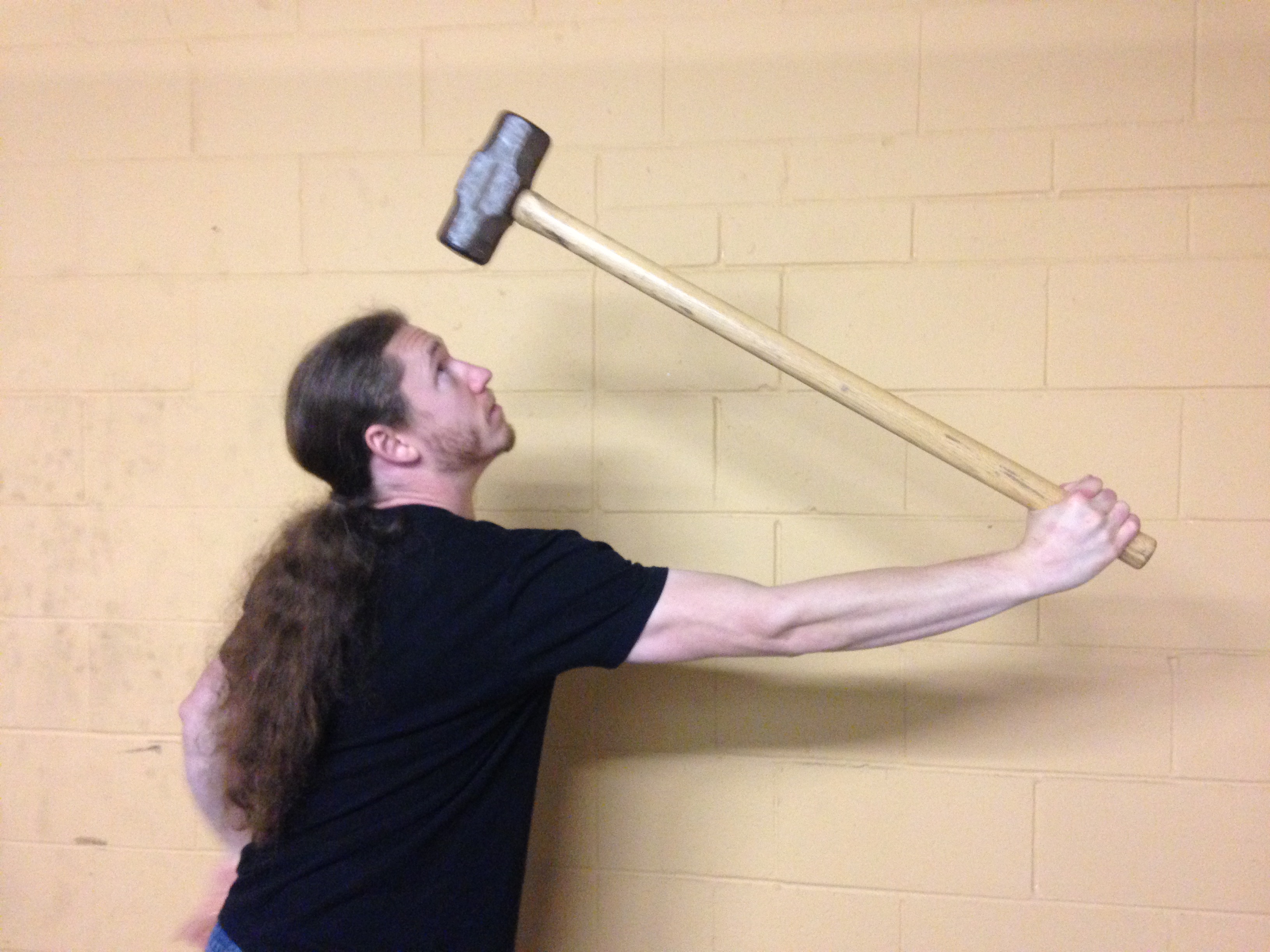This past weekend I went to the NorCal Renaissance Faire with my family and friends.
Always a fun time!
And one event stands out as something worth sharing regarding strength.
They have a bunch of games there such as throwing javelins and shooting crossbows. There is also the classic swing a hammer carnival game to measure your strength. (I don’t know if there is a technical name for that.)
Of course, I had to give this a go.
And if you’d like to watch it, it’s up on my Instagram or Facebook page.
I hit the top on the first try. (This then made me a bit cocky, so I did the rest of my swings quickly and didn’t hit the top every single time.)
My point is not that I’m awesome. Instead, I watched several other people miss the mark on all their attempts.
What was the difference?
Sure, I’m stronger than most because of my training. But I think at least most of the others had the strength to do this.
What they were lacking was technique.
Now, I’m not an expert in swinging a hammer. I’ve never worked at the quarry breaking up rocks for ten hours a day (like famed strongman Slim the Hammerman did).
But I do know enough. Hammers are about leverage and this includes when you’re swinging them.
You start with one hand at the bottom of the hammer and the other up near the top. Then as you swing the hammer behind and around you in a large arc, the hand by the head slides down to where your other hand is at.
Doing so you generate the most force, while also still having good accuracy. The abs can also be explosively used to generate more force into the point of impact.
There are finer points involved but that’s the big basics that you need to know. To be honest, I don’t even remember where I picked up this technical knowledge. I just absorbed it at some point.
You don’t have to specialize in the sledgehammer as a tool. You don’t need to become a “sledgehammer only guy” as happens with some other training tools. (And when I put it in those terms it kinda sounds funny, doesn’t it?)
Instead, spend a little bit of time swinging a hammer against a tire for instance and you’ll have that skill for when you need it.
Apply the same concept across a wide range of tools, then you’ll not have only good overall strength, but the skills there for when you need them.
A good guide to going further with these concepts and related ones is Deceptive Strength.

